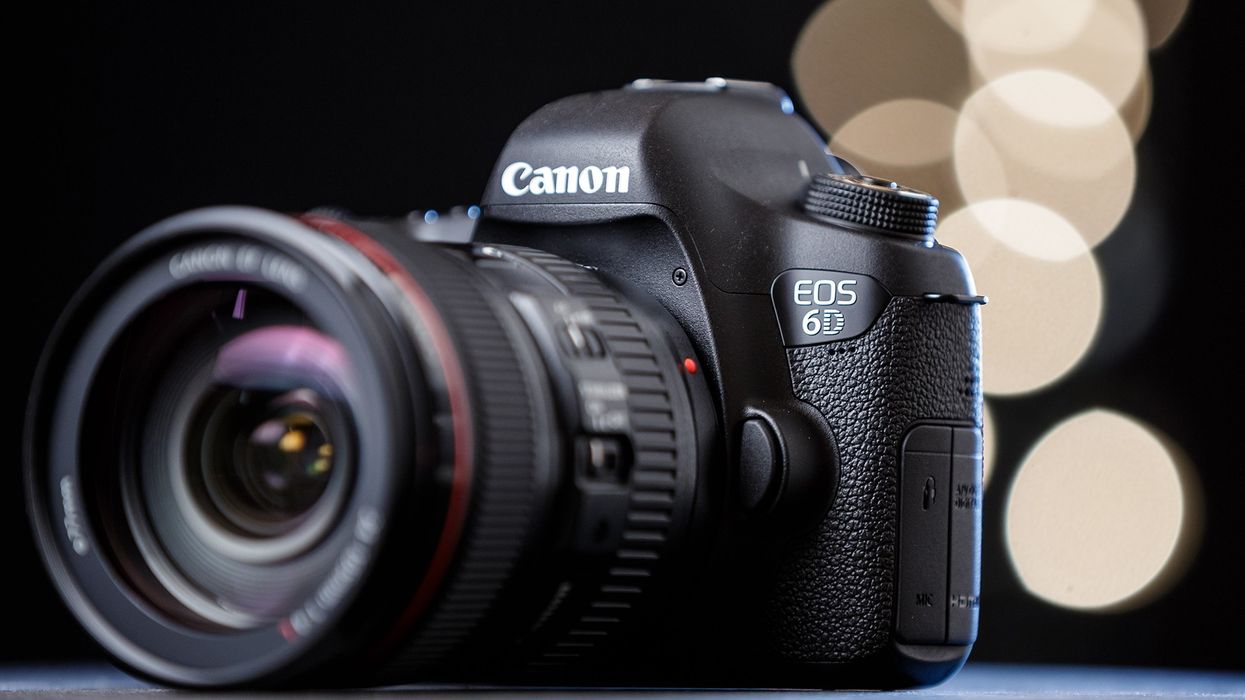What Makes Canon’s Color Science So Special?
This video breaks down what color science is, and how Canon creates its unique color look.

Canon cameras are known to have a reputation for a particular look based on their color science technology. Whether your a fan of the brand or not, this Canon color science look is one of the manufacturer's strongest selling points. In many camera comparisons, it’s mentioned as one reason that Canon cameras have been so successful over the years.
But just what is this color science? And what makes Canon’s so unique? In this video by Gerald Undone, we get some great information about the history of the term and why Canon’s color science stands out.
What is Color Science Anyway?
“Color science” is an interesting term in of itself. When looking at the science of color as a definition, you’re really talking about the sensations of light being reflected and perceived by the human eye. For a particular digital camera system, it’s the way certain colors are being recorded as information and data. By Gerald Undone’s definition:
“Color science is the study of the psychological and physiological components of color generation and color vision.”
The real question is how each of these different camera systems get their information, and then how it’s put together to eventually be perceived by human eyes again as footage.
How Cameras Get Their Unique Colors
Gerald Undone does a good job of stressing that while all camera systems and sensors are different, so are all lenses, filters and elements contained in any given shot. Then, the biggest factor in how a camera gets its colors, is really primarily formed by the color filters placed on the image sensor. The process of using the Bayer filter mosaic, which is the 2 greens, 1 red and 1 blue square 2x2 grid which you see in the video.
The Color Science of Canon Cameras
These color filters mentioned above vary manufacturer to manufacturer with different qualities and nuances which create unique looks based on all types of small decisions the designers have to make. Accuracy isn’t always the goal, a sensor’s color filter is actually built to create images that are pleasing to the human eye for midday skies or rich skin tones.
By the token above, Canon is not known for having the most accurate color science currently on the market. That, Gerald argues, would go to Sony. However, Canon has a reputation for having the color science which is the most pleasing, but not necessarily the best information for working with the color in post.
If you're interested in a little more reading, here’s a great articleon how color has been used throughout film's history (and some more science behind it).













